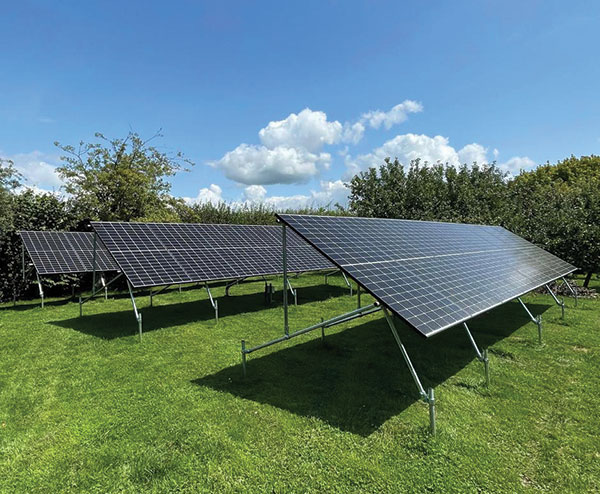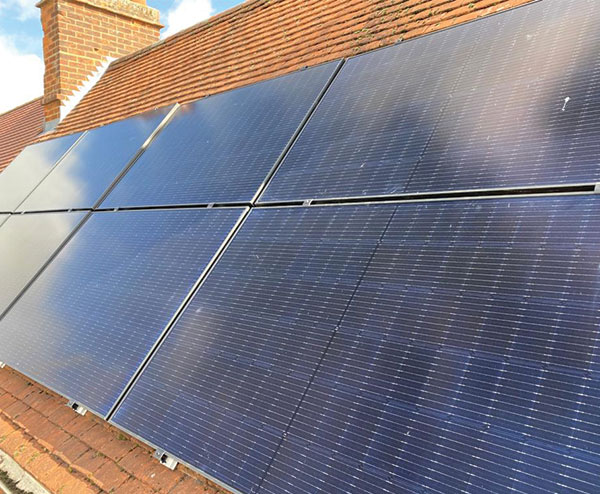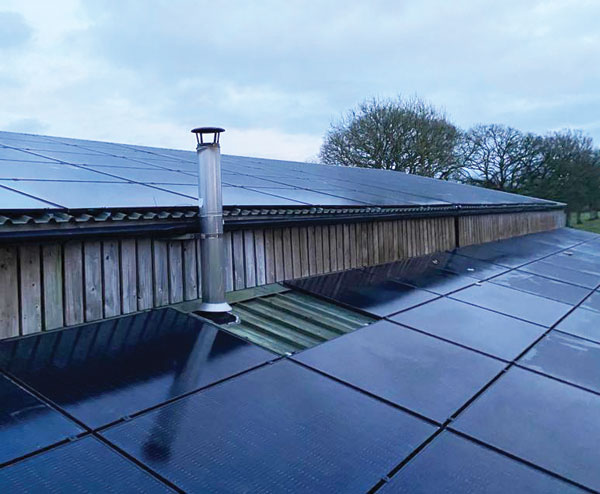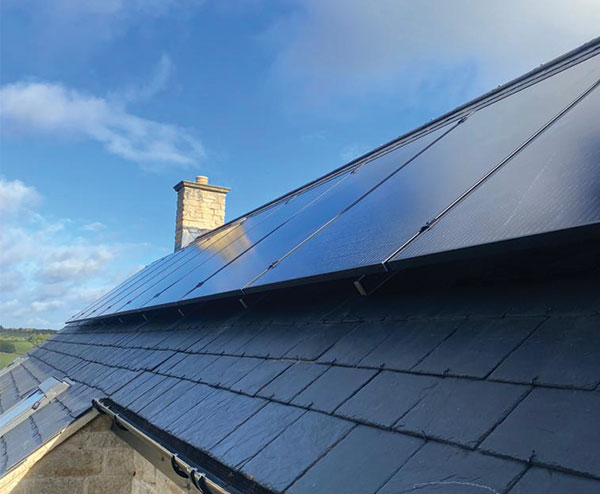Zero-Carbon Emission
Low Running Costs
Incredibly Efficient
Sustainable
Long Service Life

Low Maintenance
What is a Solar PV system ?
PV (photovoltaic panels) are the most common type of solar panel system to be installed for domestic use. PV panels are very cost-effective way of generating elecricity in the home
How does a solar PV (photovoltaics )system work?
When the sun shines on a PV panel, solar energy is absorbed by individual PV cells in the panel. The cells are made from layers of semi-conducting material, most commonly silicon.

The PV cells produce an electrical charge as they become energised by the sunlight.
This electrical charge creates a direct current (DC) of electricity.
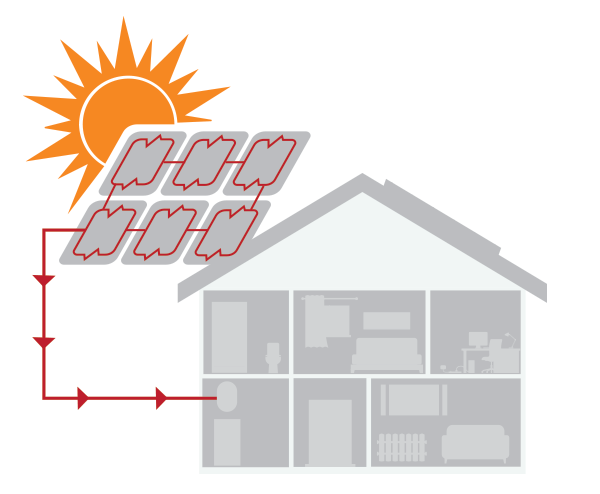
The current passes through an inverter to turn
it into alternating current (AC) electricity. This is
the kind of current needed for household
appliances.
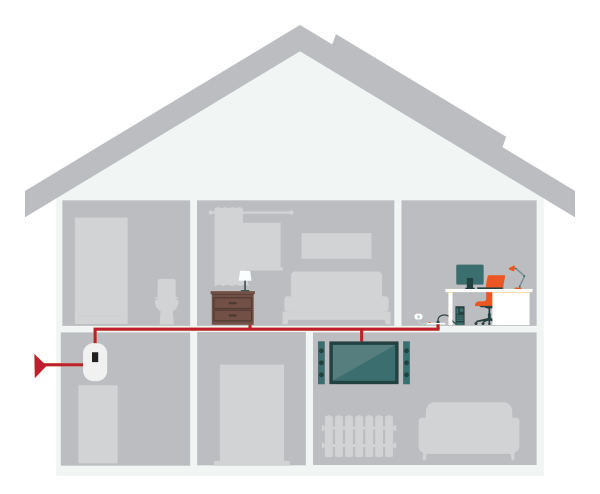
The cells don’t need direct sunlight to work and can even work on cloudy days. However, the stronger the sunshine, the more electricity generated
Solar panel systems tend to be made up of between six and 12 panels, with each panel capable of generating around 400 to 450W of energy in strong sunlight.

